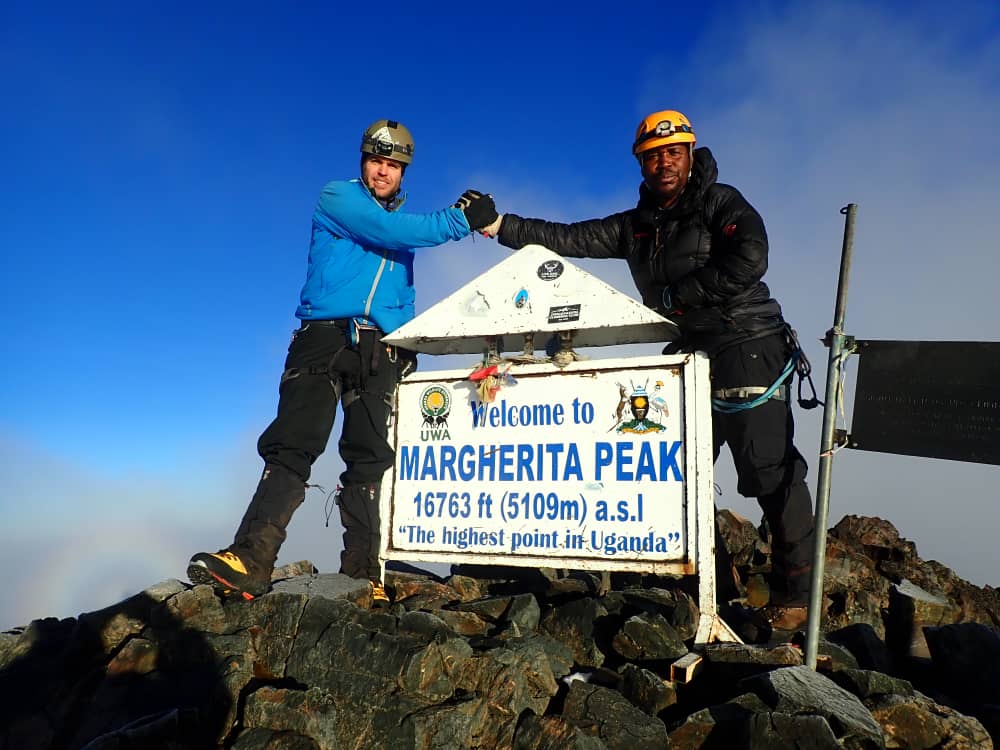The International Air Transport Association (IATA) warned of potential airport chaos unless governments move quickly to adopt digital processes to manage travel health credentials (COVID-19 testing and vaccine certificates) and other COVID-19 measures.
The impacts will be severe:
- Pre-COVID-19, passengers, on average, spent about 1.5 hours in travel processes for every journey (check-in, security, border control, customs, and baggage claim).
- Current data indicates that airport processing times have ballooned to 3.0 hours during peak time, with travel volumes at only about 30% of pre-COVID-19 levels. The greatest increases are at check-in and border control (emigration and immigration), where travel health credentials are being checked mainly as paper documents.
- Modelling suggests that, without process improvements, the time spent in airport processes could reach 5.5 hours per trip at 75% pre-COVID-19 traffic levels and 8.0 hours per trip at 100% pre-COVID-19 traffic levels.
“Without an automated solution for COVID-19 checks, we can see the potential for significant airport disruptions on the horizon. Already, average passenger processing and waiting times have doubled from what they were pre-crisis during peak time—reaching an unacceptable three hours. And that is with many airports deploying pre-crisis level staffing for a small fraction of pre-crisis volumes. Nobody will tolerate waiting hours at check-in or for border formalities. We must automate the checking of vaccine and test certificates before traffic ramps-up. The technical solutions exist. But governments must agree digital certificate standards and align processes to accept them. And they must act fast,” said Willie Walsh, IATA’s Director-General.
Over the past two decades, air travel has been reinvented to put passengers in control of their journeys through self-service processes. This enables travellers to arrive at the airport essentially “ready to fly”. And with digital identity technology, border control processes are also increasingly self-service using e-gates. Paper-based COVID-19 document check would force travellers back to manual check-in and border control processes that are already struggling even with low volumes of travellers.
Solutions
If Governments require COVID-19 health credentials for travel, integrating them into already automated processes is the solution for a smooth restart. This would need globally recognised, standardised, and interoperable digital certificates for COVID-19 testing and vaccine certificates.
Digitalised certificates have several advantages:
- Avoiding fraudulent documentation
- Enabling advance “ready-to-fly” checks by governments
- Reducing queuing, crowding and waiting time in airports through integration with self-service check-in (via the internet, kiosks or mobile phone apps)
- Increasing security through integration with digital identity management being used by border control authorities
- Reducing the risk of virus transmission via the person-to-person exchange of paper documents
Building a global approach
The G20 has identified a similar solution. The G20 Rome Guidelines for the Future of Tourism call for a common international approach on COVID-19 testing, vaccination, certification, and information and promoting digital traveller identity.
The G7 discussions, which commence on 11 June, are the next opportunity for leading governments to develop a solution around four key actions by agreeing to:
- Issue vaccination certificates based on World Health Organization (WHO) Smart Vaccine Certificate data standards, including QR codes
- Issue COVID-19 test certificates in accordance with the data requirements set out by the International Civil Aviation Organization (ICAO)
- Accept digital COVID-19 test and vaccine certificates at their borders
- Where governments require airlines to check travel credentials, governments should accept traveller-friendly apps, such as the IATA Travel Pass, to efficiently facilitate the process
“This cannot wait. More and more people are being vaccinated. More borders are opening. Booking patterns tell us that pent-up demand is at extremely high levels. But governments and the competent authorities are acting in isolation and moving far too slowly. A smooth restart is still possible. But governments need to understand the urgency and act fast,” said Walsh.
IATA asks the G7 to work with the air transport industry to restart the global travel sector. By engaging with the air transport industry, we can ensure that government requirements for safe travel are met with solutions that can be efficiently operationalised.
“A good first step would be G7 agreement, with industry input, on a common set of COVID-19 travel requirements. The next step would be implementing and mutually recognising those requirements. If the G7 took these leadership measures , the freedom to travel could be seamlessly restored for about a third of all journeys. Other countries could build on that leadership for a safe and efficient global restart of connectivity,” said Walsh.
About Guide2Uganda
Guide2Uganda (www.guide2uganda.ug) is the most comprehensive source of travel information about Uganda that exists on the web, with more content on its cities & towns, accommodation, attractions, events, museums and galleries than any other online guide that currently exists for Uganda; as well as being a dynamic travel news and events driven site with fresh content added daily.
According to WeFollow & Peer Index (that measure online influence), we are among the most influential online media organizations in Uganda. Guide2Uganda was also awarded ‘’Best Destination Website in Uganda’’ by Jumia Travel Uganda in the 2018 Africa Travel Awards.
Share your travel stories & photos with the world via email: info@guide2uganda.ug




